Toyota's International Business Strategy: Electric Cars in India
VerifiedAdded on 2022/09/11
|5
|981
|16
Report
AI Summary
This report details Toyota's strategic plan for entering the Indian market with its electric cars. It begins with a product overview, highlighting the features of the electric vehicles and their appeal to environmentally conscious consumers. The report then delves into pricing decisions, suggesting a competitive strategy to make the cars accessible while considering environmental impacts and revenue expectations. Place decisions focus on leveraging existing dealership networks and auto supply stores for distribution. Promotion strategies emphasize targeted advertising through various media outlets, aiming to build brand awareness and generate sales. The report also outlines key success factors, including low dilution of ownership, low financial risks, return on investment, easy access to local markets, and company liquidity. The report concludes by emphasizing the importance of a strong marketing strategy and excellent customer service to achieve greater sales and market penetration in India. The report also includes references to support its findings.
1 out of 5
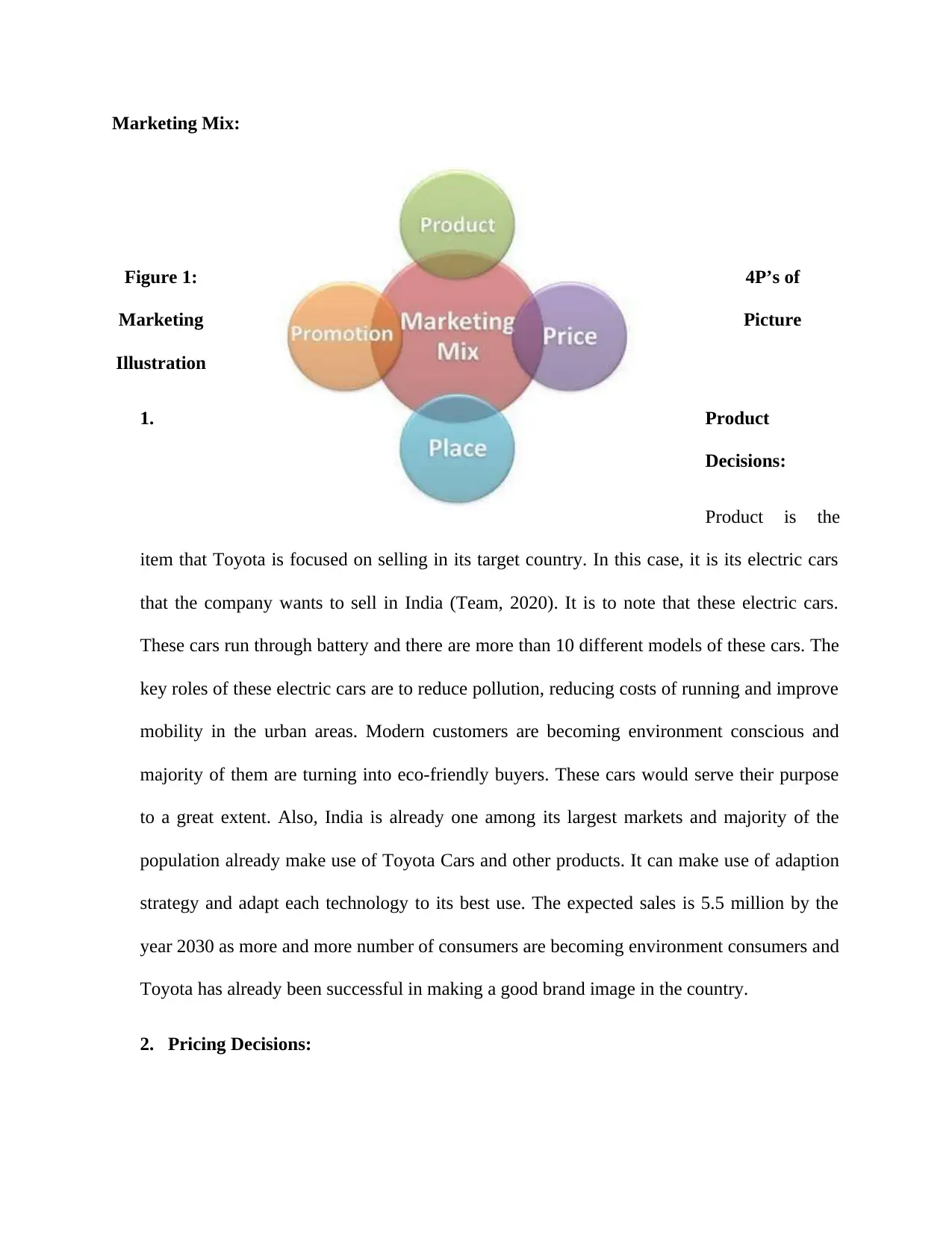
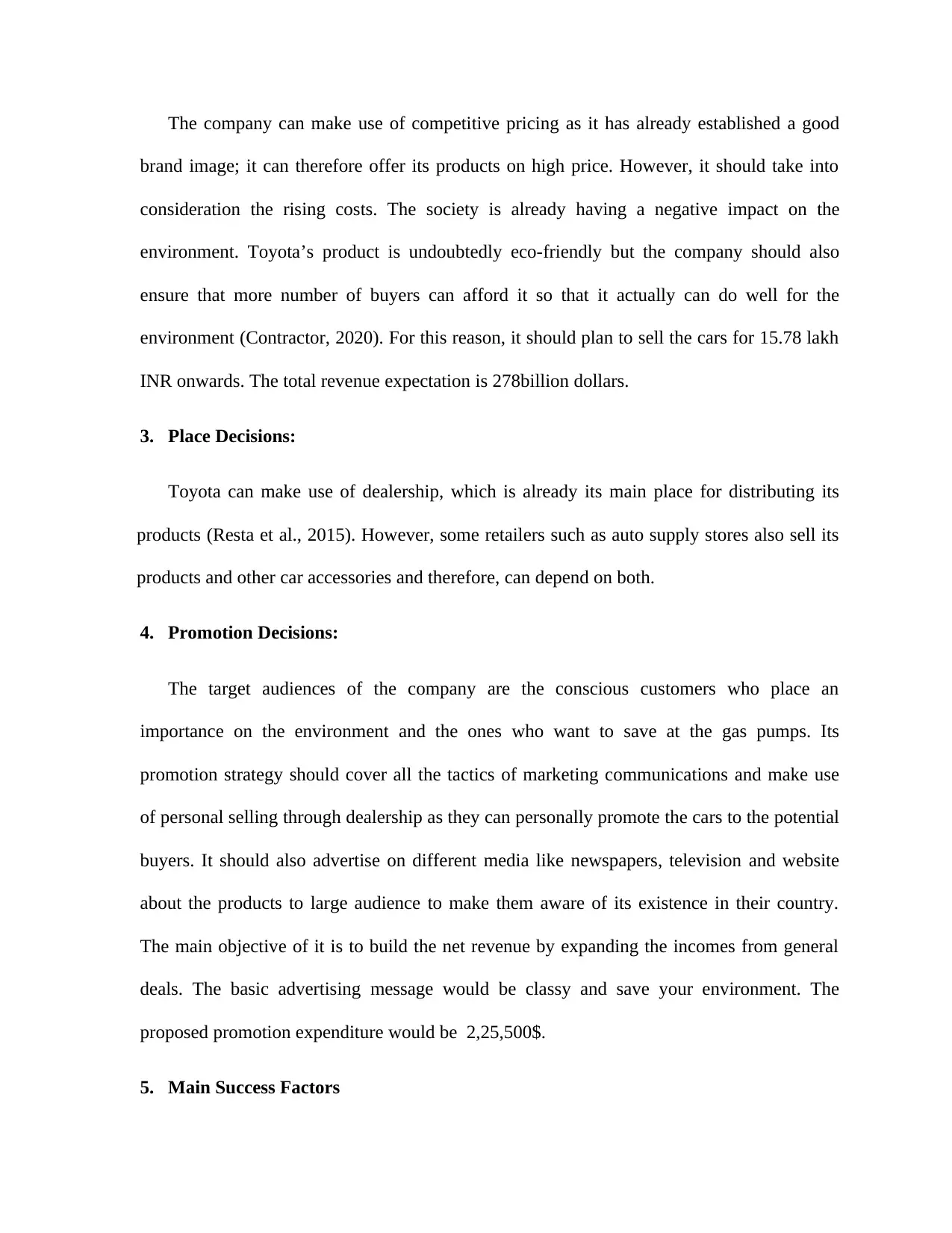
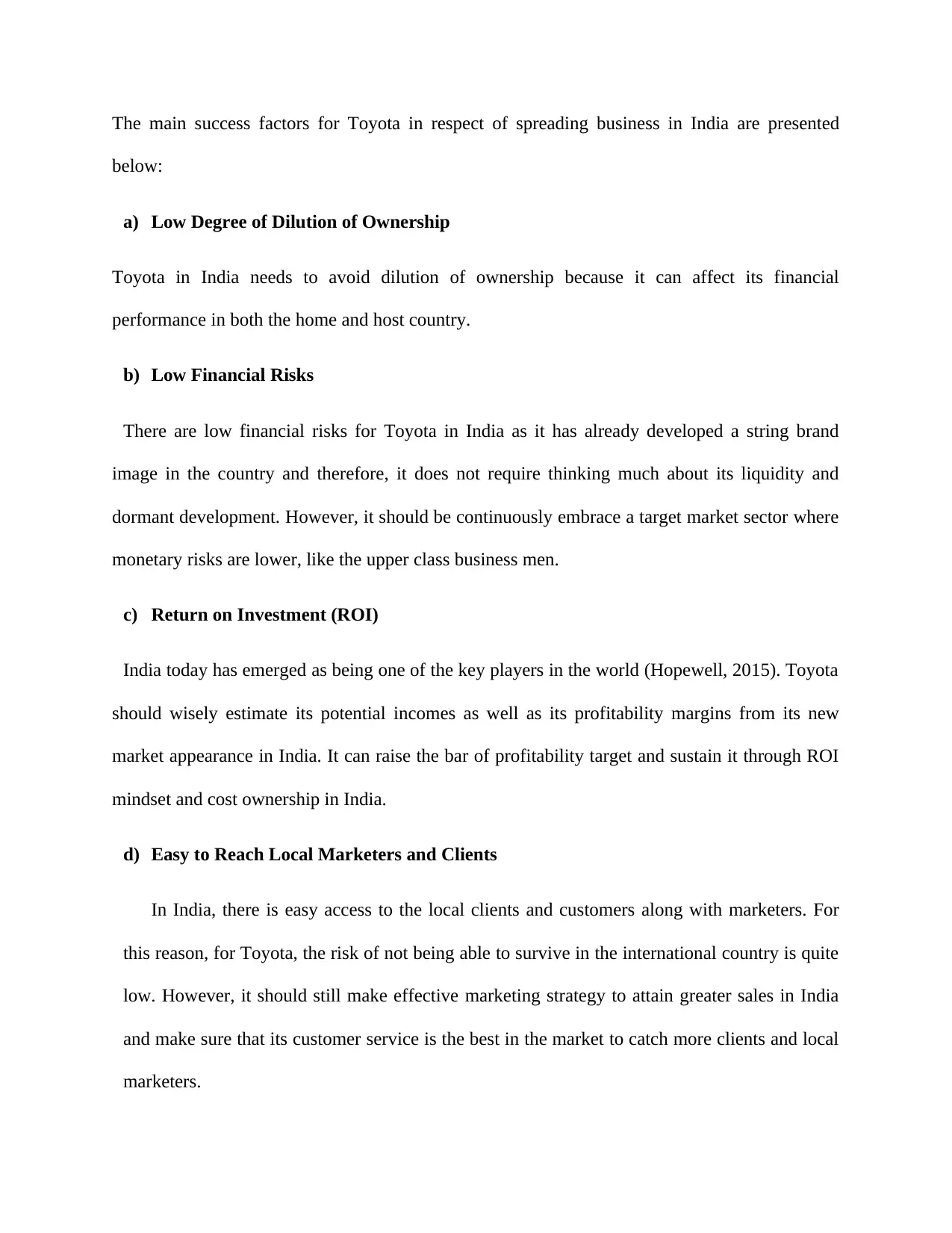

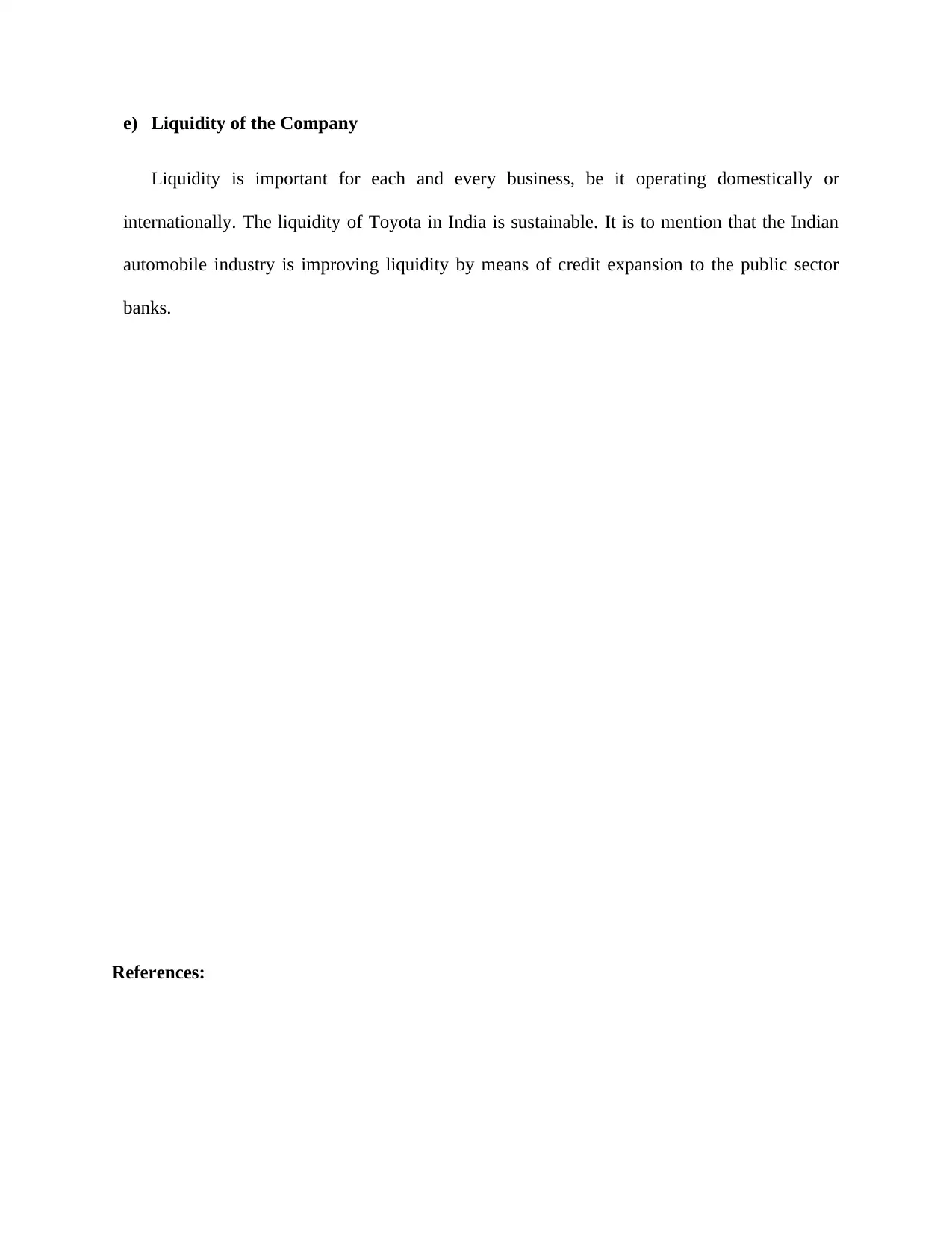
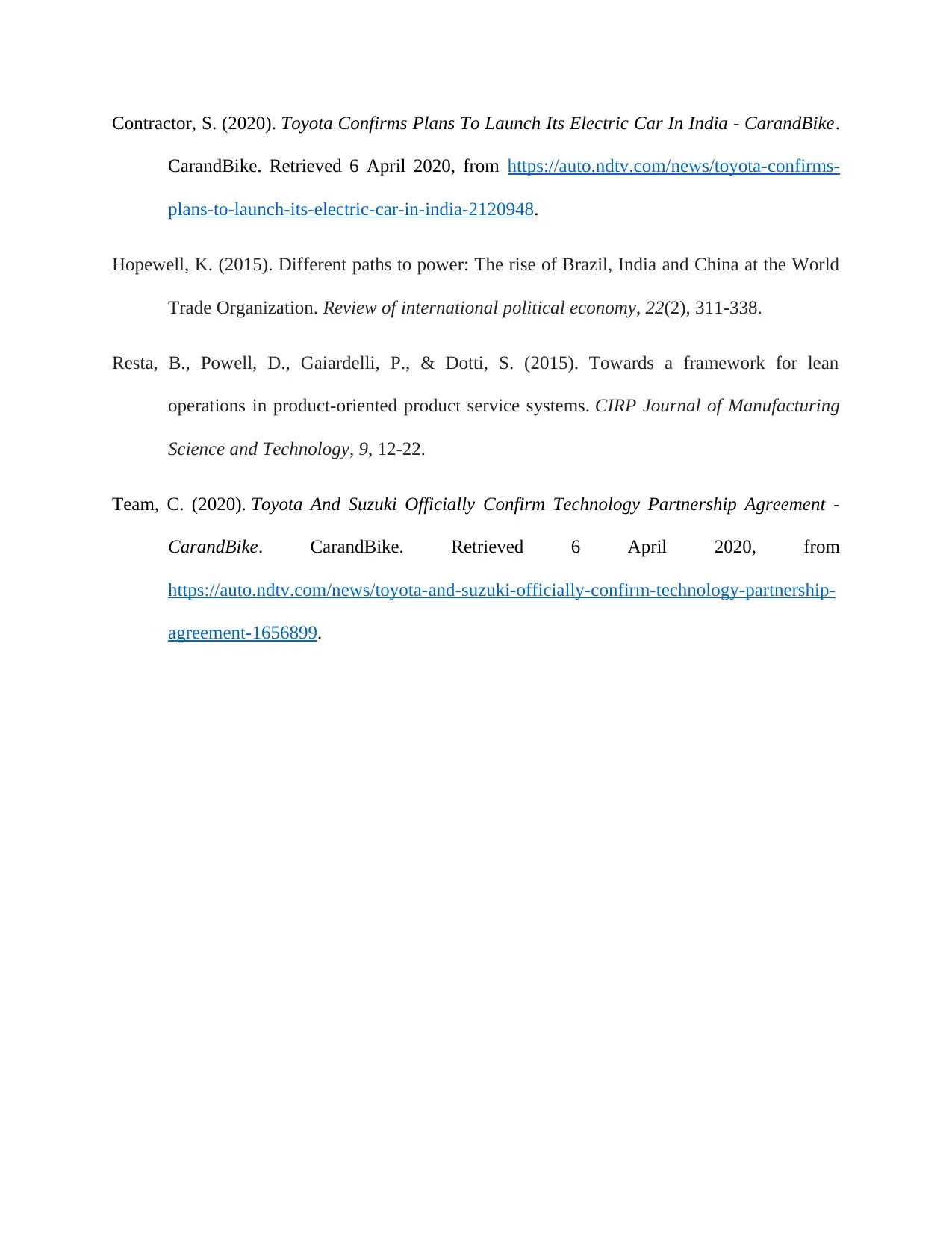






![[object Object]](/_next/static/media/star-bottom.7253800d.svg)